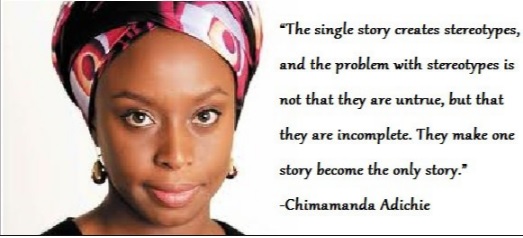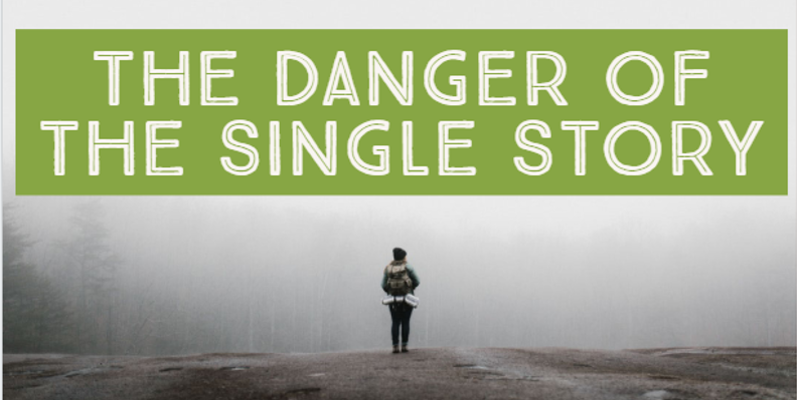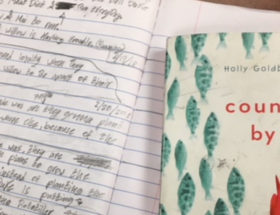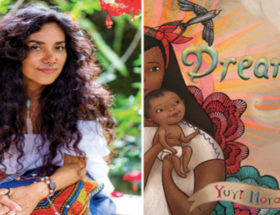Years ago, I learned one of the most valuable lessons of my entire career.
I didn’t know the “single story” concept yet and it was long before Chimamanda Adichie’s brilliant TEDtalk, but what I did learn was that it is incredibly important to know as much as you can about your students’ lives outside of school. The single story we know about our students just in the day-to-day of the classroom does not give us, as teachers, the tools we need to be the very best we can (and should) be for our kids.
The conversation I had back then with a fourth grade teacher regarding a student we were both concerned about rocked my teacher world.
Mrs. Daly shared that she and the art teacher had been working for two weeks to help this student complete a special project. They had differentiated for him, adjusted the timeline for completion, allowed him extra time to work on it in class and made plans to stay after school so he could use materials from the art room. When the teacher met with him earlier that day, he still had not been able to come close to completion even though the due date was near. Mrs. Daly asked what else he needed from her to meet the deadline and he said, “I should have told you before now, but every night lately my dad and I have had supper with different people in his family to see who I can stay with when my mom leaves county jail to go to prison.”
That was the first we’d heard about his mom. That kid had been coming to school every day for several months while his mom was arrested, put on trial and sentenced. We knew nothing.
The Remedy
In their book, Upstanders; How to Engage Middle School Hearts and Minds with Inquiry, Daniels and Ahmed share a collection of lessons on identity and empathy that can guard against the danger of the single story.
We set out a few weeks ago on the elementary campus where I coach to work through some of the lessons in Upstanders on identity in hope of learning as educators how to uncover the collection of stories about the students and families we serve every day.
Sara Ahmed shares from her own experience in Upstanders. Her work on identity starts with an honest conversation with students about what makes up an individual’s distinct character and moves on to the creation of an identity web by the teacher (and ultimately students). We did that here on our campus with all 88 sixth grade students. They even took home blank paper so that family members could create their own identity webs once our students shared the power of unveiling their own collection of stories.
The following week we wanted to revisit the danger of a single story so our students could understand and identify biases and possible stereotypes they themselves had encountered. We, as teachers, wanted the opportunity to know more of a collection of stories from our students.
We started by showing an image of Taraji Henson from Jimmy Kimmel’s Celebrity Mean Tweets segment. Discussions followed about the danger of a single story. Was that all there was to know about Taraji? Students had a chance to look at parts of the collection of stories that make up her identity.
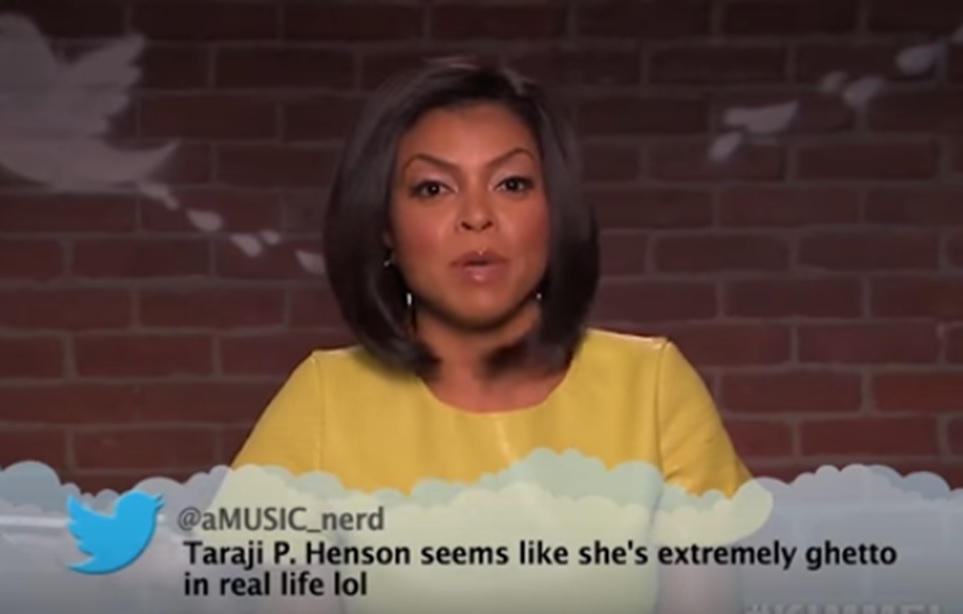
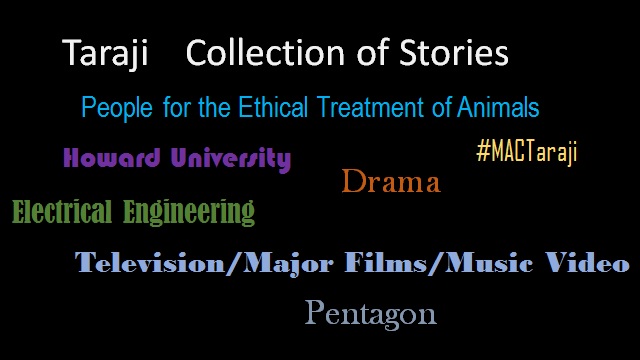
From there we looked at a short clip about Dak Prescott that included a single story. Since our school is only a few miles from the stadium where the Dallas Cowboys play, we knew this would generate some great conversations. A short clip of coverage during the draft helped get the conversation going; “The 135th pick is Dak Prescott for the Dallas Cowboys. Quarterbacks drafted on day three aren’t expected to make much of an impact.”
That was a single story about Dak, but we challenged the students to come up with a collection of stories about him based on the incredible season they knew he’d had with the Cowboys.

We showed a couple of other clips to build background for our sixth grade students to prepare them for a time of critical thinking and conversation with one another. I follow @jess5th and had read about an amazing video she’d shared with her 5th grade students. Once they’d viewed the compelling four minutes of Being Twelve where students reveal heartbreaking aspects of their identity, we provided a time to “pair up and share” for our students to discuss. Some of the questions:
Where do we see this in the real world?
Where do we go to get help with this?
When has a “single story” played a part in our history?
When can we expect this to change?
Who is most affected by the “single story”?
Who benefits from the “single story”?
How is this relevant to me?
How can we change this for the good?
How does this harm us and others?
The conversations our sixth grade students engaged in were inspiring. We had the students pair up multiple times. Each opportunity I had to join a conversation was moving. The depth of compassion and insight from these eleven and twelve year old kids gave me hope.
To close out our time together on identity and empathy, we viewed a few short minutes from Chimimanda Adichi’s TEDtalk, The Danger of a Single Story. I looked around the room and the students were captivated by her words and the power of her character. We ended the session with students taking time to write about their newfound understanding of the danger of a single story.
I’m pleased for the learning facilitated for our students, but it’s even more gratifying to see the growth in us as educators when we experience the power of discovering the collection of stories from our own kids.
